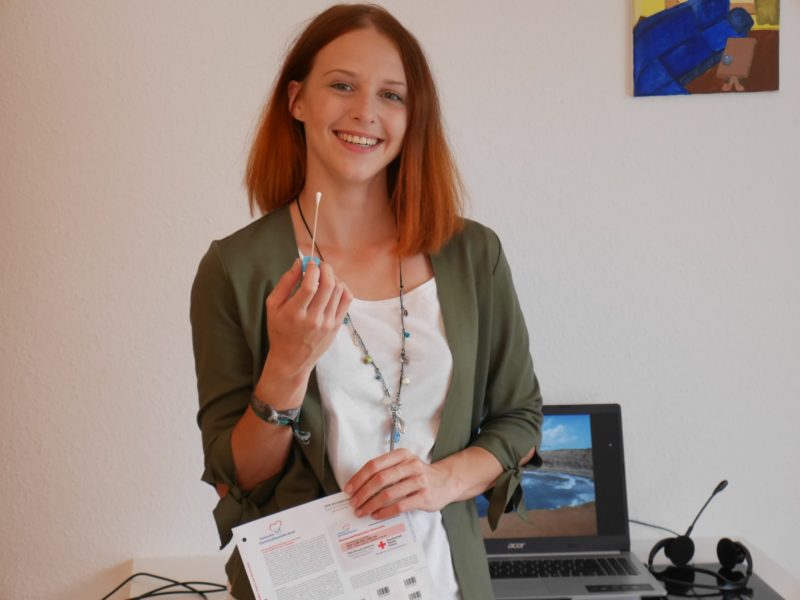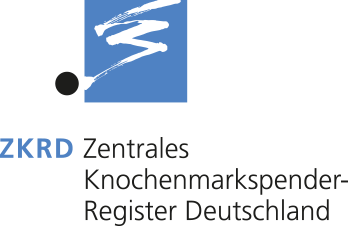Registration and Donation
In principle, anyone between 18 and 55 years of age can register to donate stem cells. Any of the German donor centers can be contacted for a typing kit. There is always the option, of course, to participate in a typing campaign. These are often advertised in the local media. Donor centers also frequently conduct typing campaigns at schools among students in the higher grades. School students over 17 years of age may register, but their data will only be released and forwarded to the ZKRD once they have reached the age of majority.
Registration process
 Firstly, the donor center ensures that the volunteer is healthy, does not meet any of the exclusion criteria, and weighs more than 50 kilograms. After being thoroughly informed about the process, the volunteer must give consent to stem cell donation. A blood sample or a cheek swab is then taken to determine the donor’s tissue characteristics in the laboratory. The donor center stores the personal data and transmits the pseudonymized tissue characteristics to the ZKRD. After typing, the volunteer will be available to patients worldwide as a potential donor. The consent to voluntary stem cell donation can be withdrawn at any time without giving a reason. In such a case, the donor’s data will be deleted both at the donor center where typing took place and at the ZKRD.
Firstly, the donor center ensures that the volunteer is healthy, does not meet any of the exclusion criteria, and weighs more than 50 kilograms. After being thoroughly informed about the process, the volunteer must give consent to stem cell donation. A blood sample or a cheek swab is then taken to determine the donor’s tissue characteristics in the laboratory. The donor center stores the personal data and transmits the pseudonymized tissue characteristics to the ZKRD. After typing, the volunteer will be available to patients worldwide as a potential donor. The consent to voluntary stem cell donation can be withdrawn at any time without giving a reason. In such a case, the donor’s data will be deleted both at the donor center where typing took place and at the ZKRD.
Young donors wanted!
It is advantageous if donors are as young as possible when they register with the donor center, as they will then be available for a longer period and fewer donors will need to be excluded due to health problems. Studies have also shown that donations from younger donors often deliver better transplant results. The data of potential donors will be deleted at the respective donor center and the ZKRD no later than on their 61st birthday.
Exclusion criteria for stem cell donors
To minimize the risk to donors and recipients as far as possible, there are various exclusion criteria according to which a stem cell donation should not take place. The criteria are roughly the same as those for blood donation.
Risks of donation
Before a donor can donate blood stem cells to a patient, a detailed informative talk will be held and a thorough medical examination performed. Only when all the test results are in order may the donor donate his stem cells. The risks differ depending on the stem cell donation method:
- In the case of peripheral blood stem cell donation, flu-like symptoms may occur as a side effect of the previously administered growth factor. These can be treated with mild painkillers and usually disappear immediately after treatment. No long-term effects have been reported since this method was first introduced in 1989.
- In the case of bone marrow donation, several small punctures are made in the area of the pelvic bone. These may cause bruising and discomfort for a few days. Since the bone marrow is collected under general anesthesia, the usual risks associated with this anesthetic procedure apply. Symptoms such as wound pain can differ from person to person. The bone marrow itself will be regenerated by the body after a short time.
Questions and answers
The most frequently asked questions and answers about typing and stem cell donation can be found in our FAQs.
From typing to transplantation
Here you can find information about the process of a stem cell donation from the perspective of the patient and the donor at a glance.
Would you like to sign up?
Simply contact your nearest donor center. More information about the donor centers and their locations can be found on our address page.




